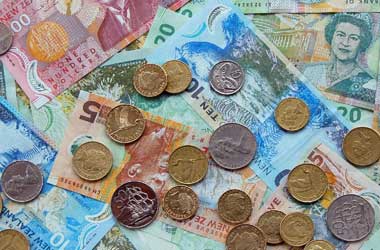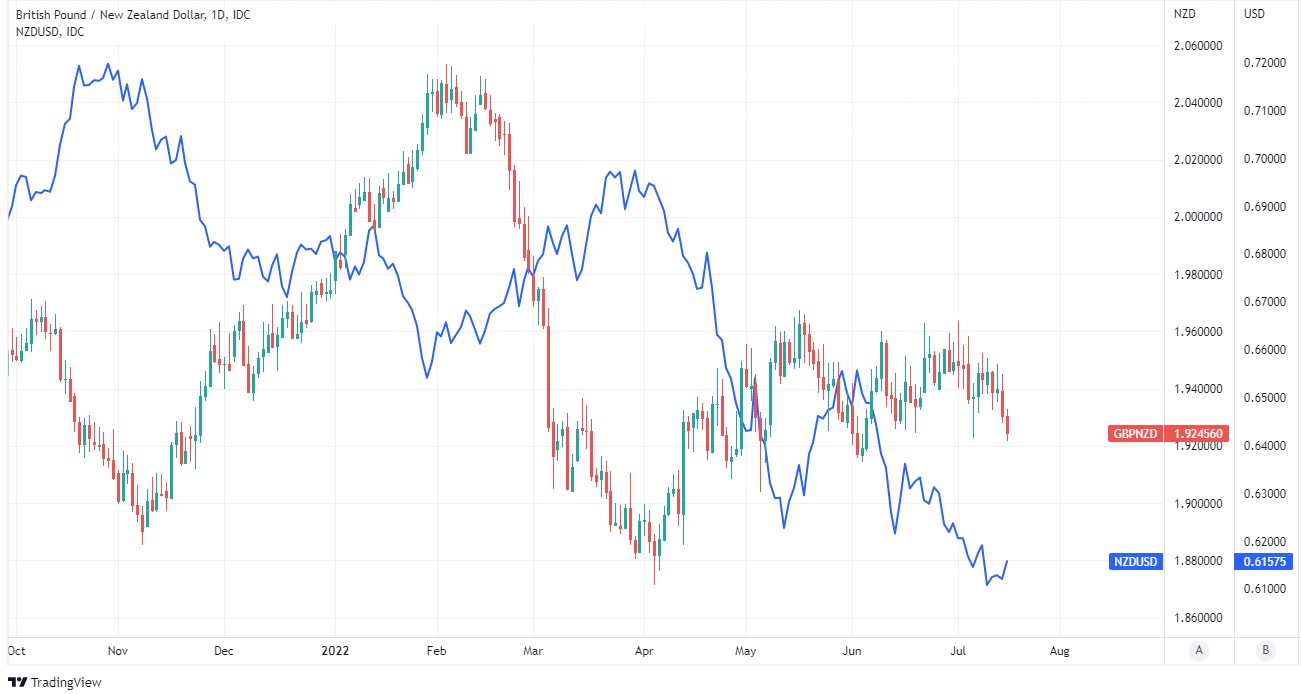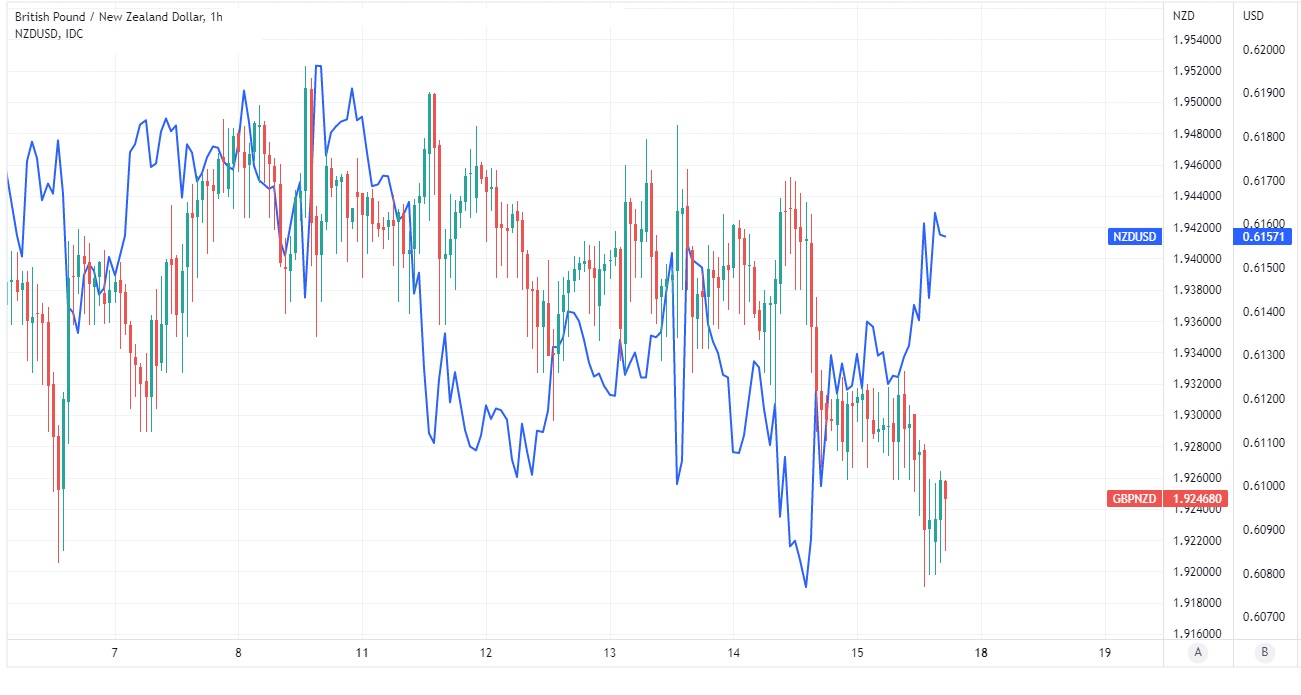 Before the weekend, the financial markets reacted favorably to robust statistics on the US economy’s growth as well as comforting comments from leaders of the Federal Reserve. This caused the New Zealand Dollar and other currencies to increase in value.
Before the weekend, the financial markets reacted favorably to robust statistics on the US economy’s growth as well as comforting comments from leaders of the Federal Reserve. This caused the New Zealand Dollar and other currencies to increase in value.
On Friday, the value of the New Zealand Dollar increased while the value of the United States Dollar experienced a significant decline. This was the result of a flurry of economic data from the United States that may have allayed fears of a recession, as well as support from members of the Federal Reserve who appeared to temper market expectations for future interest rate increases in the United States. The deterioration in the GBP/NZD exchange rate on Friday was exacerbated by the poor performance of the pound.
“The good thing for the Fed is that inflation predictions over the next five to ten years declined three tenths to 2.8 percent,” says Pantheon Macroeconomics head economist Ian Shepherdson, “which is the lowest level since July of last year.”
Due to the fact that it is affected by shifts in the cost of both food and energy, we anticipate that the indicator will fall over the next several months. However, “July seems to have some promise,” he said.
The preliminary University of Michigan Consumer Sentiment index improved from 50 to 50.1 in July, confounding market forecasts that it would decline even lower in the next month. In addition
to this, the study found that consumers’ long-term inflation expectations have been going down.
“These gains signal that households are looking beyond the present period of inflation and have trust that it will go down,” said James Knightley, chief international economist at ING.
Officials at the Federal Reserve, who have rejected the idea that the bank may raise its interest rate by one full percentage point later in July and in reaction to Wednesday’s inflation figures, ought to be pleased with the declining inflation forecasts.
After the data for inflation in June indicated that it would be a long road back to the Fed’s target of 2 percent, the financial markets factored in a considerable possibility of a 100 basis point hike in the Fed Funds rate, which placed tremendous pressure on risky assets and currencies.
On Friday, Knightley said that the final data “shows good retail sales but decreasing inflation expectations, decreased import price inflation, and the second straight fall in manufacturing.” This has been a turbulent week for market participants’ predictions for future interest rates in advance of the FOMC meeting on July 27.
Separately, the Empire State Manufacturing Index rebounded from a low of -1.2 in June to a high of 11.1 in July, while statistics from the Census Bureau indicated a significant rise in retail sales in June. Both of these indicators were released in July.

The majority of the gain may be attributed to increased costs. According to Katherine Judge of CIBC, the one percent sales improvement above expectations and was a contributing factor in the increase in the price goal for the month.

The RBNZ’s interest rate policy can be affected by the numbers released by the United States on Friday, even before New Zealand releases its inflation figures for the second quarter on Monday. On Wednesday, the Reserve Bank of New Zealand (RBNZ) boosted its cash rate from 2 percent to 2.5 percent, marking the third time it has done so with a rise of 0.50 percent.
Even while inflation in New Zealand isn’t quite as awful as it is in the United States (ideally), it’s still much too high (and expected to grow a little further). According to Sharon Zollner of ANZ, it should not come as a surprise that the Reserve Bank of New Zealand (RBNZ) raised interest rates once again.
The figures for the CPI for the second quarter will be made public the following week. We anticipate that annual inflation will be 7.1 percent based on the CPI (compared to 6.9 percent in the first quarter). According to Zollner, there is a low probability that this will prevent the RBNZ from implementing a fourth rate hike of 50 basis points in August, and positive surprises boost the chance of more rate hikes beyond August.




